
A fixer-upper coaching inn becomes their first home: “We took the house’s age into account, but we don’t want to live in a museum”
The Pohjanvesi's spotted the former coaching inn through a small ad in a local paper. When renovating the hundred-year-old log house, they gently preserved its original ambiance and honored its history.
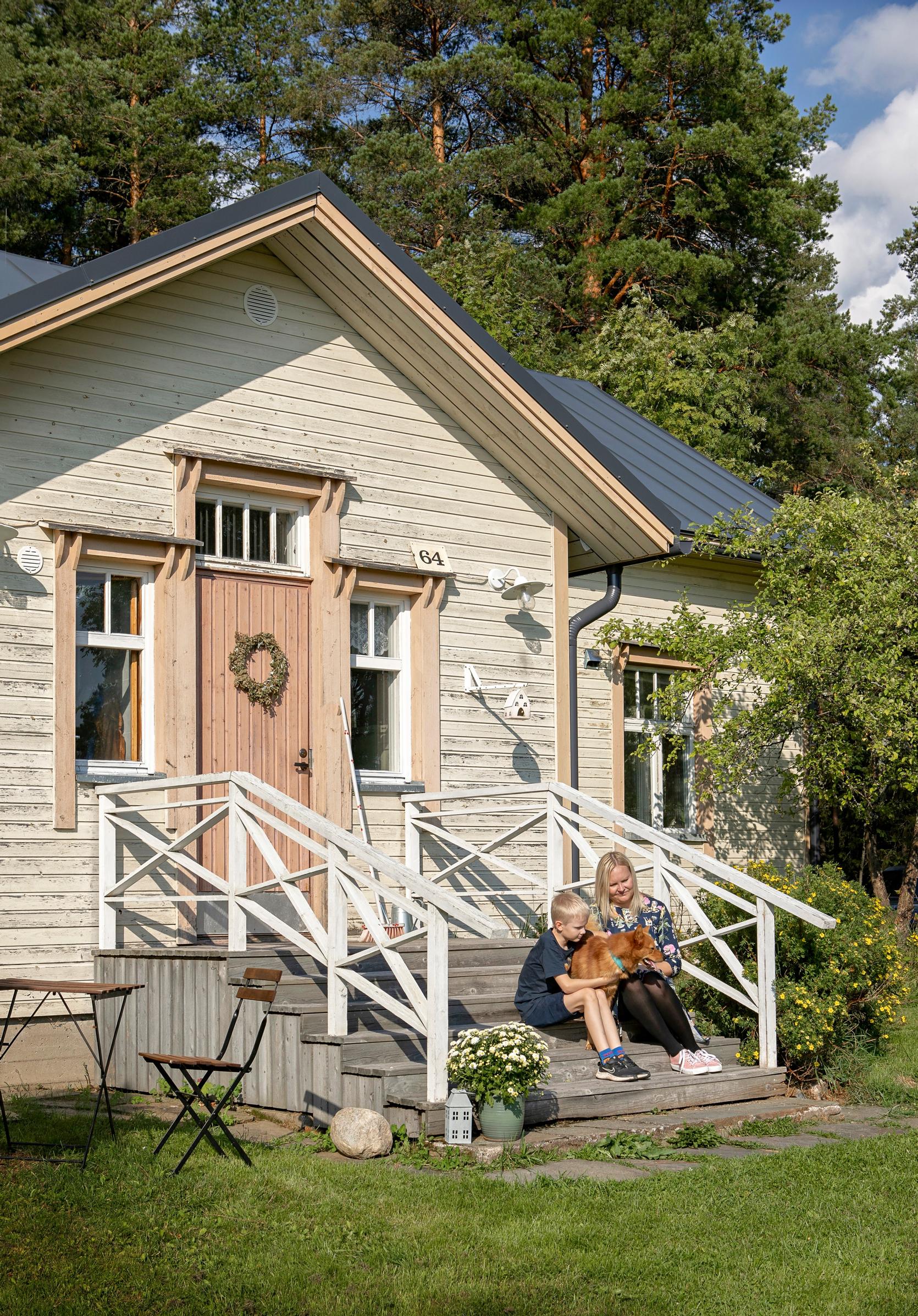
World tree. This beloved tree goes by many names. Mari Pohjanvesi's treasures a roughly two-hundred-year-old pine that stands upright like a guard beside the family’s home.
“I’m the kind of person who hugs trees. That pine is so old—it has seen everything. I appreciate nature and history; they inspire my art,” Mari explains.
The Pohjanvesi family of three lives in Pikkarala, Oulu, amid idyllic countryside. An old-fashioned winding village road passes by—not ideal for those in a hurry. It’s about 1 kilometer (0.6 miles) from Oulujoki River. Their home is a 1920s farmhouse with surrounding outbuildings, and the farm itself is older than the house.
“We’re on the old highway that once ran in Northern Finland from Oulu to Kajaani. This place used to serve travelers as a coaching inn, and next door there’s an outbuilding from the 1700s,” Mari says.
Besides the main building, the protected yard has a two-story traditional granary and two outbuildings.
“We still have plenty to do outside. At least one of the outbuildings and the cellar need fixing.”
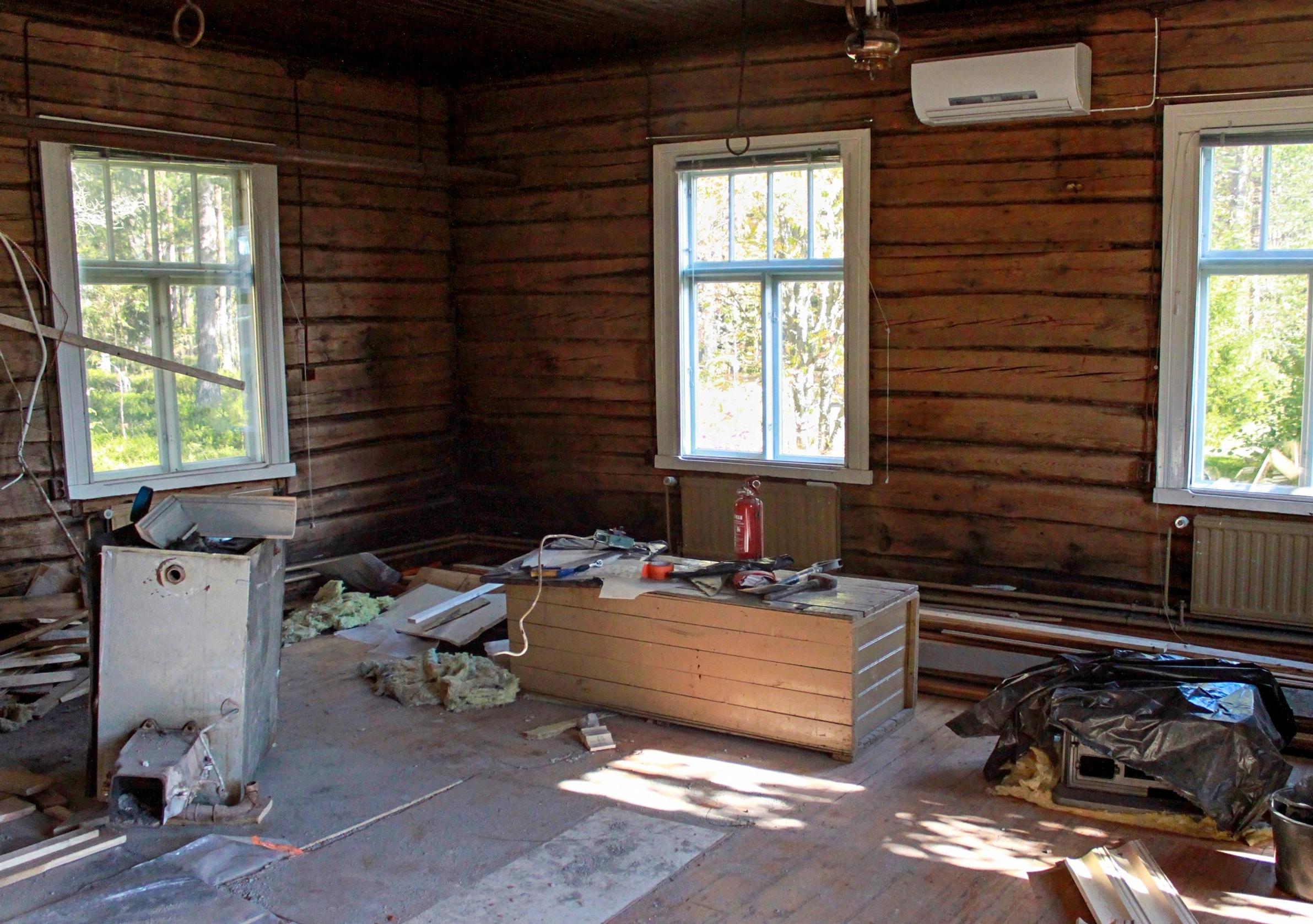
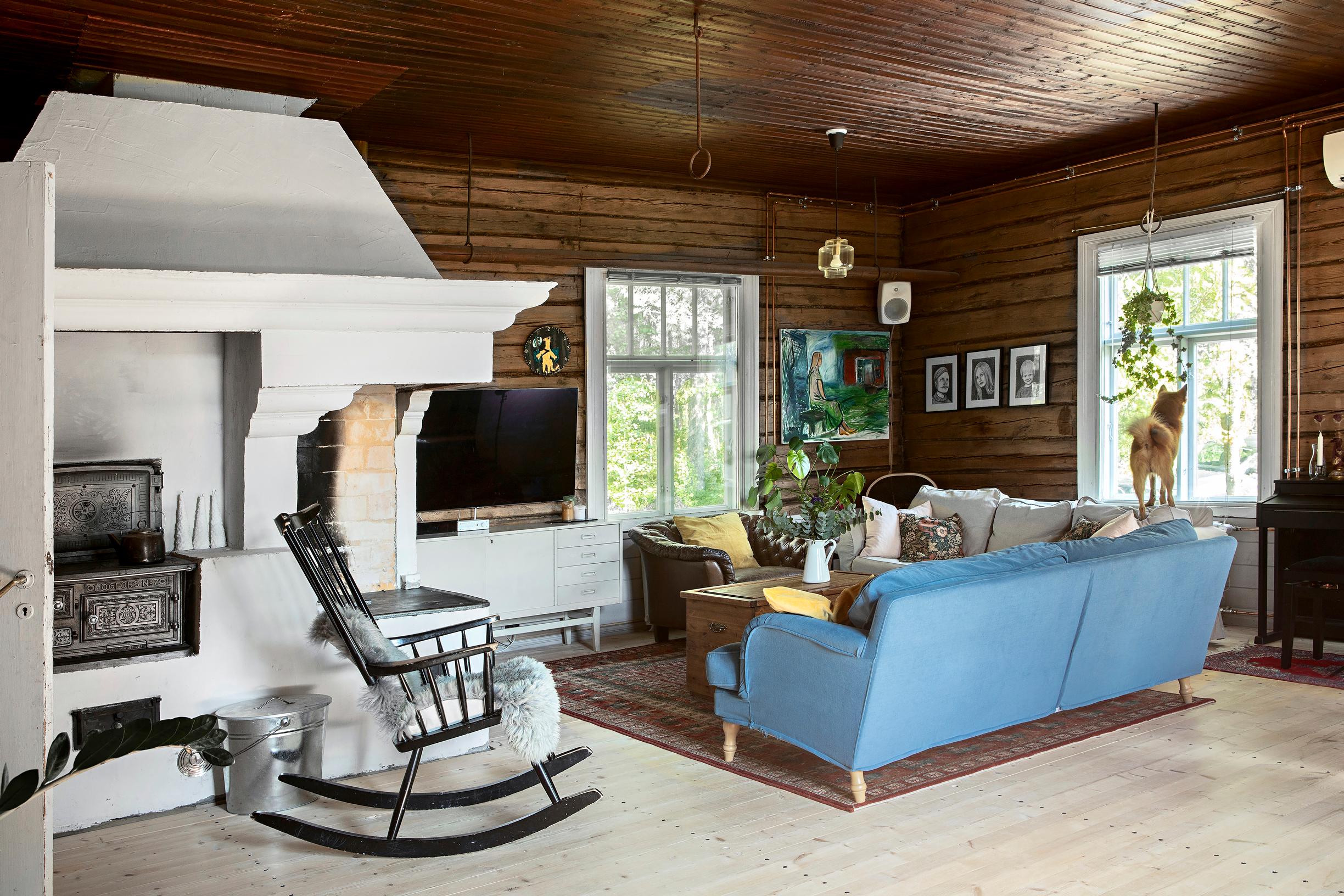
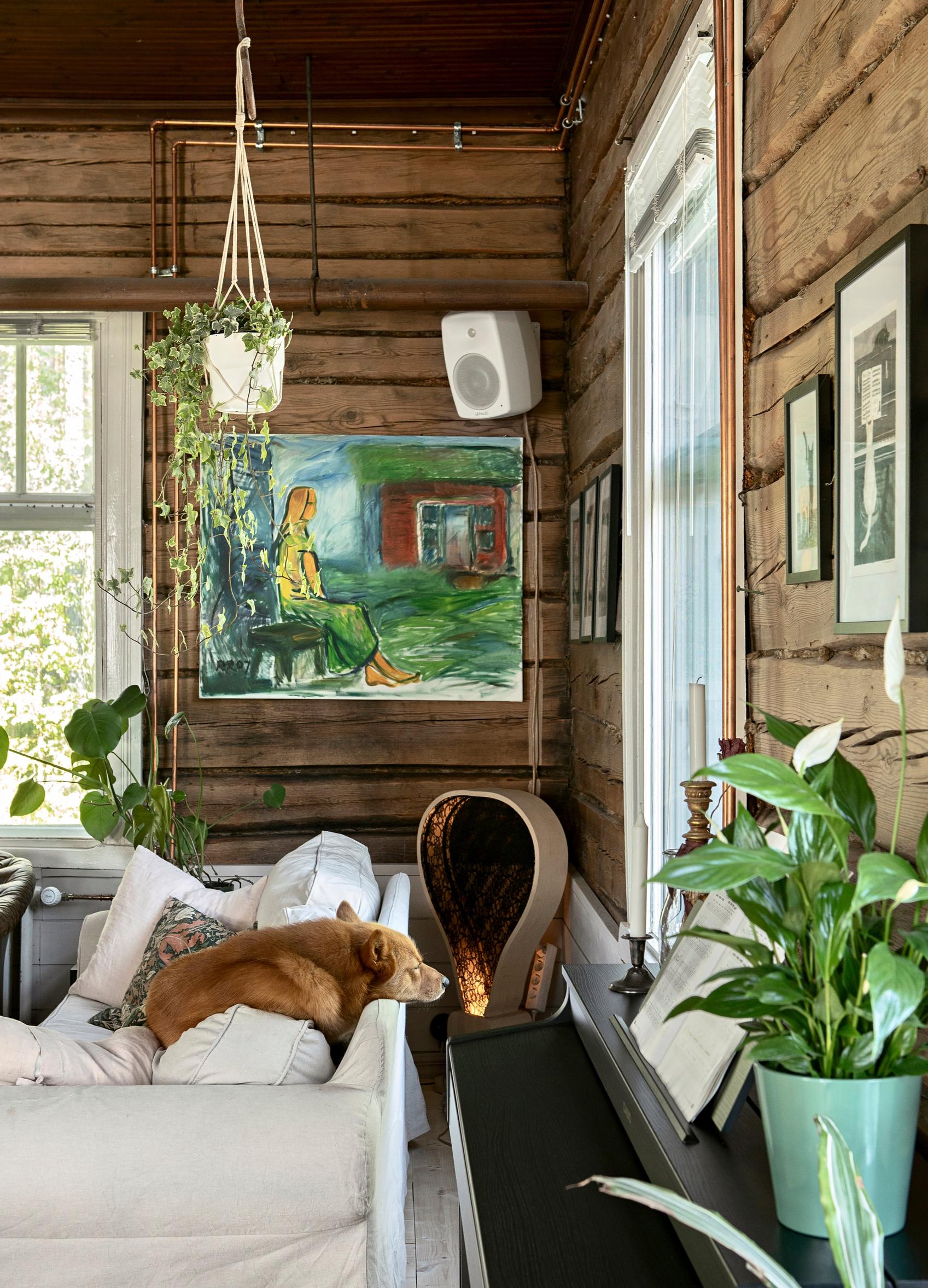
Inside the main room, Urho lounges on the back of the sofa and peers outside, while Mari settles into the rocking chair by the impressive oven.
“We moved in at Christmas 2017. We found the house through a ‘wanted’ ad in the local paper. We signed the contract at Midsummer 2016 and started renovating right away.”
Renovating a log house was a huge undertaking for these first-time homeowners.
“A row-house unit would have been enough for me, but Jussi wanted a log house. We did most of the work ourselves.”
They gathered know-how from sources like Panu Kaila’s book Talotohtori (“The House Doctor”) and by browsing the Finnish Heritage Agency’s renovation archives. They also consulted professionals.
“Even before buying the house, we contacted the North Ostrobothnia Renovation Center and got help and advice from architectural restorer Raimo Tikka,” Mari says.
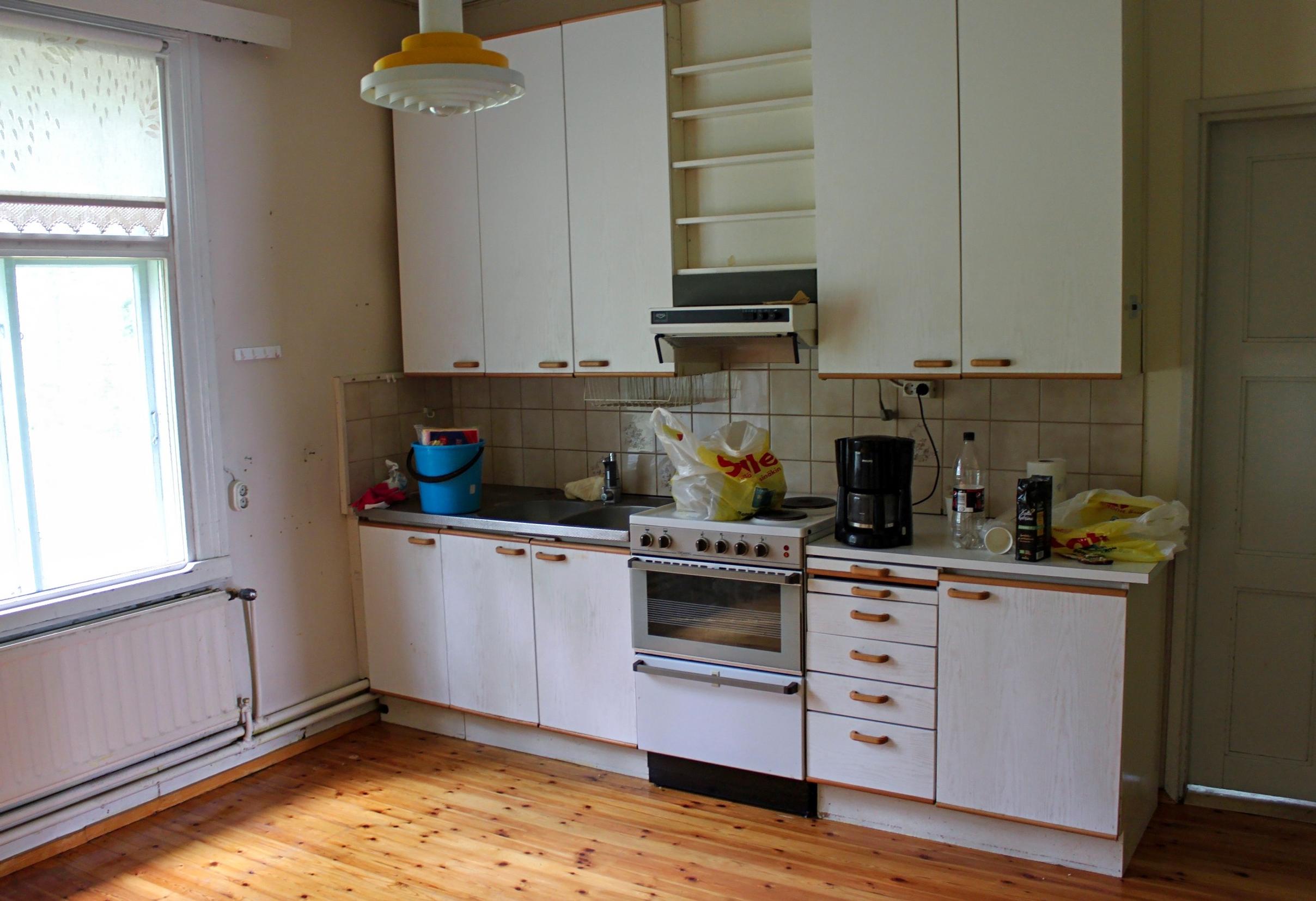
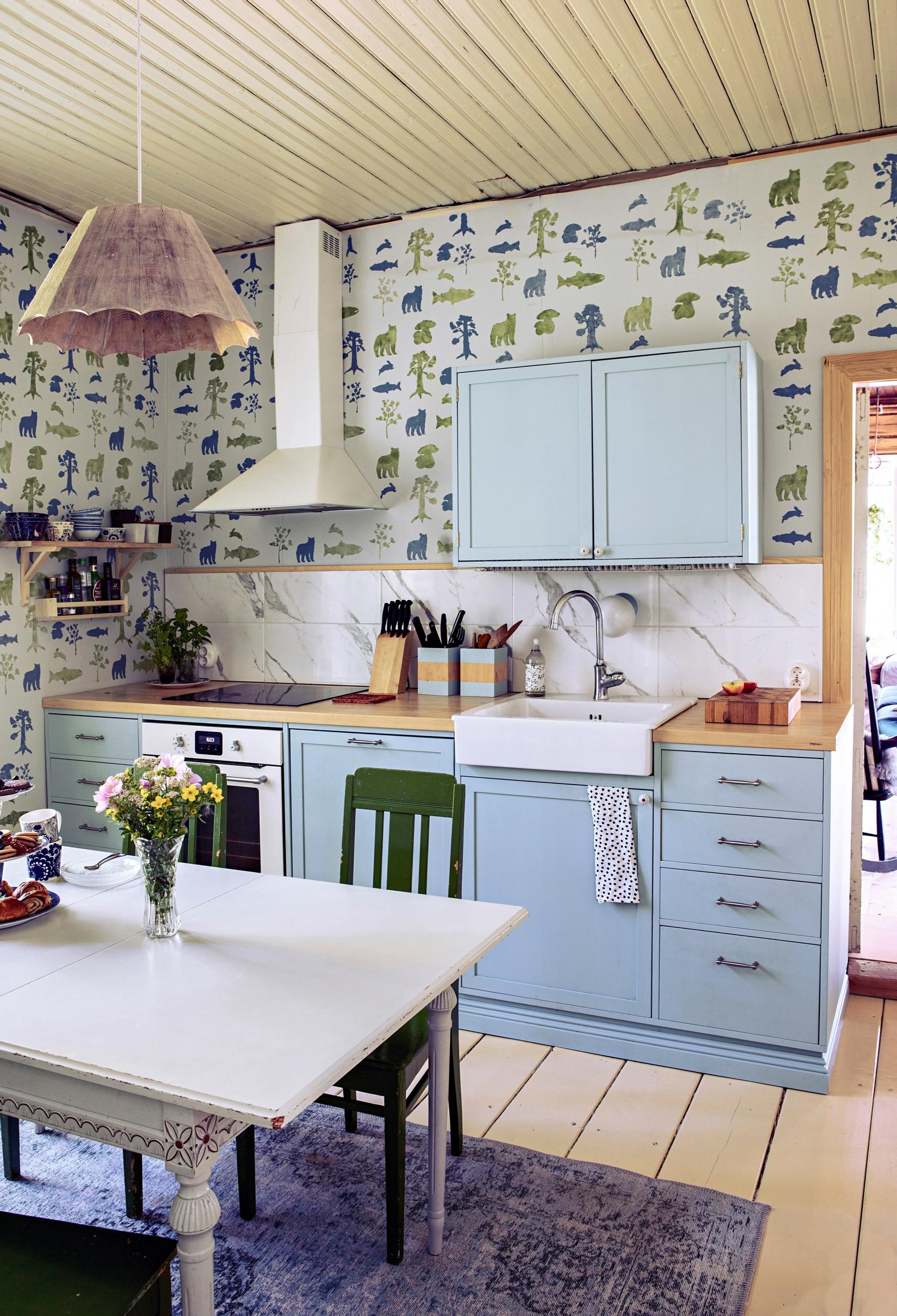
The owner’s personal touch shows in the custom wallpaper created just for this log home.
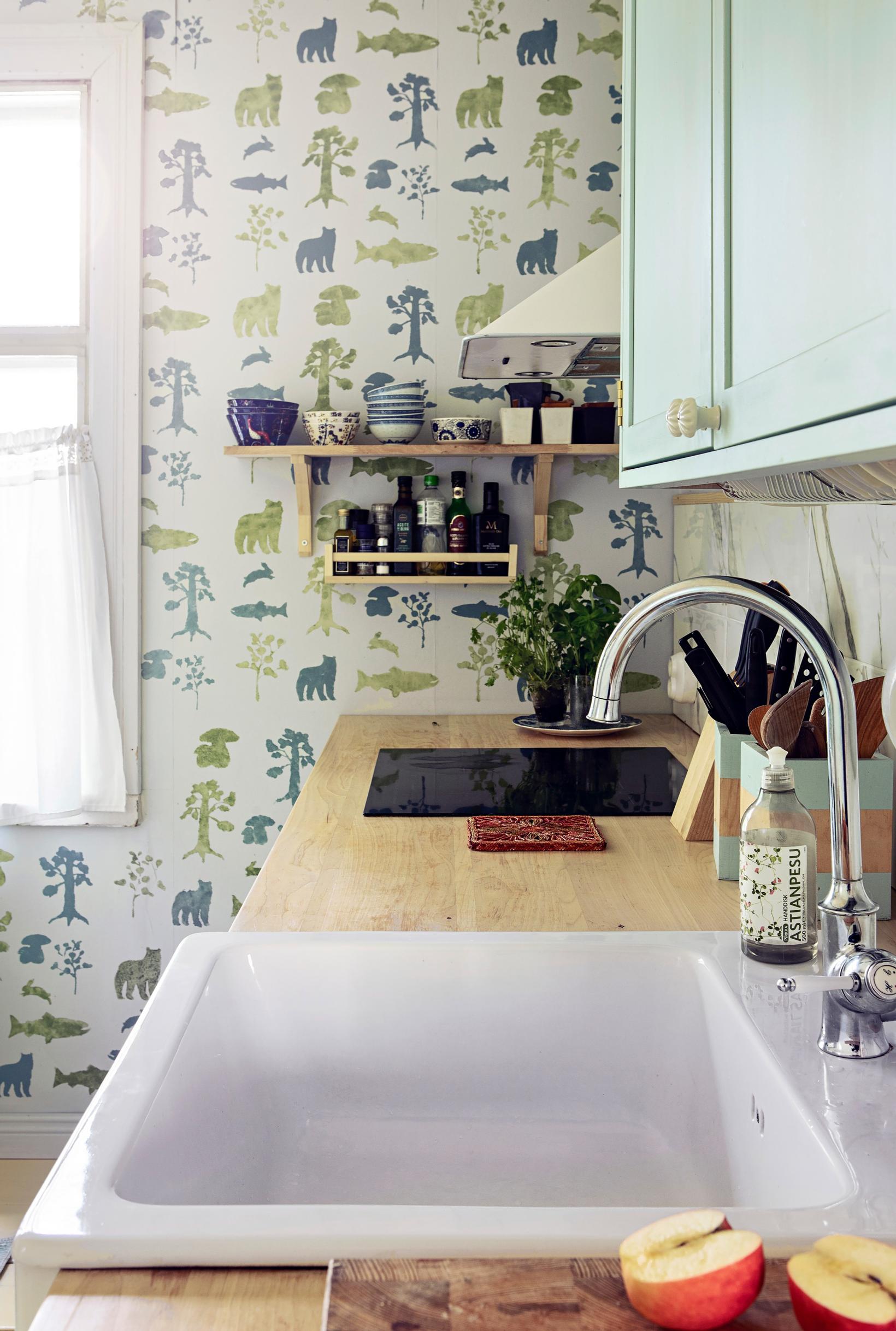
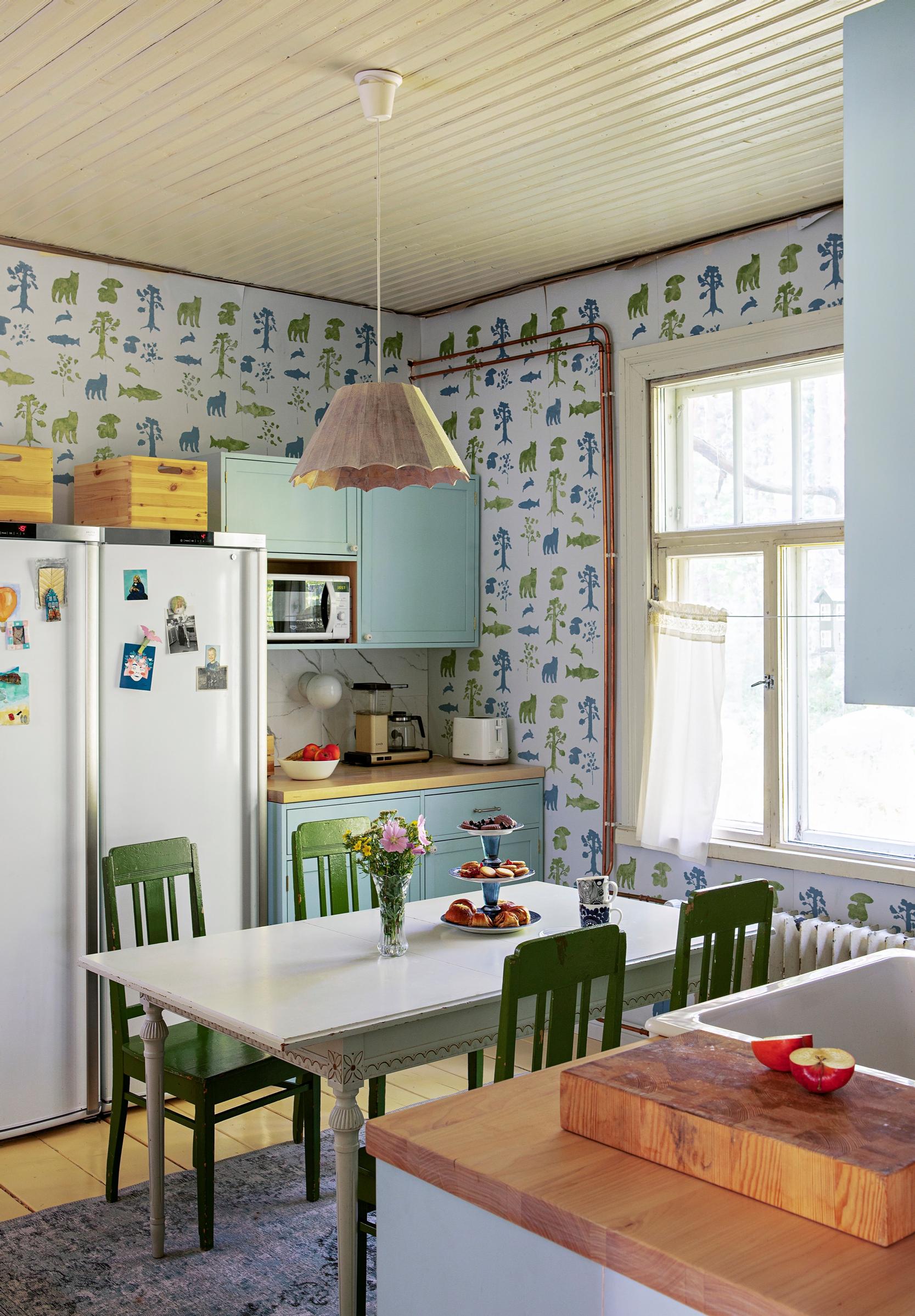
The house had sat empty for years before Mari and Jussi moved in. Its log frame was in fairly good shape. The ventilated crawl space under the floor was still pristine, even though previous renovations were done according to older methods and styles.
“The exterior window frames are original, but in the ’80s an insulated glass pane was added inside. I’ve restored the old frames myself,” Mari says.
That same renovation also removed the porch, replacing it with an addition.
“They built a modern extension for the entryway, sauna, and bathroom. In our renovation, we took the sauna stove outside. The sauna space became a utility and laundry area with room for the geothermal heat pump and the washing machine. We added a shower cabin in the old bathroom.”
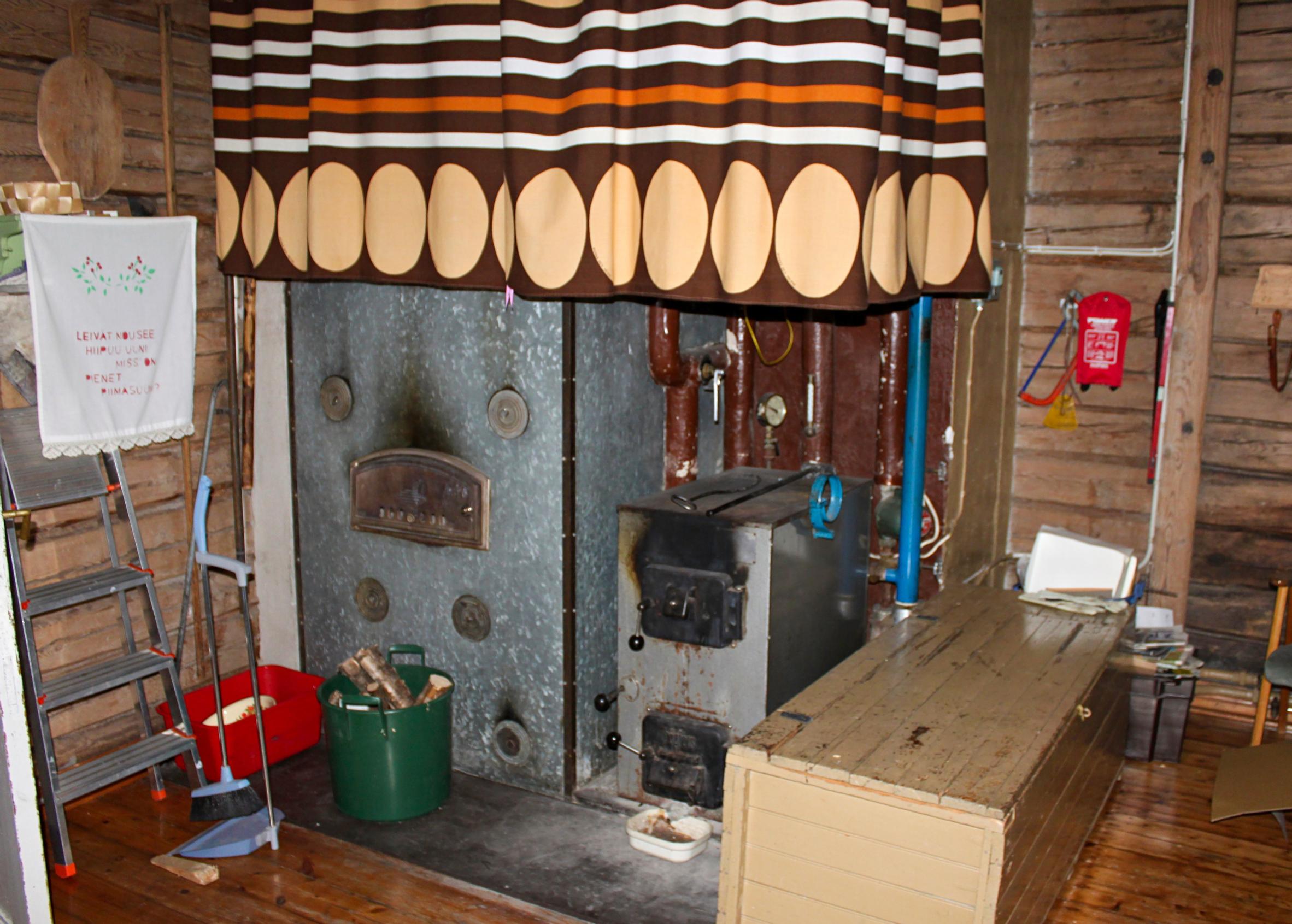
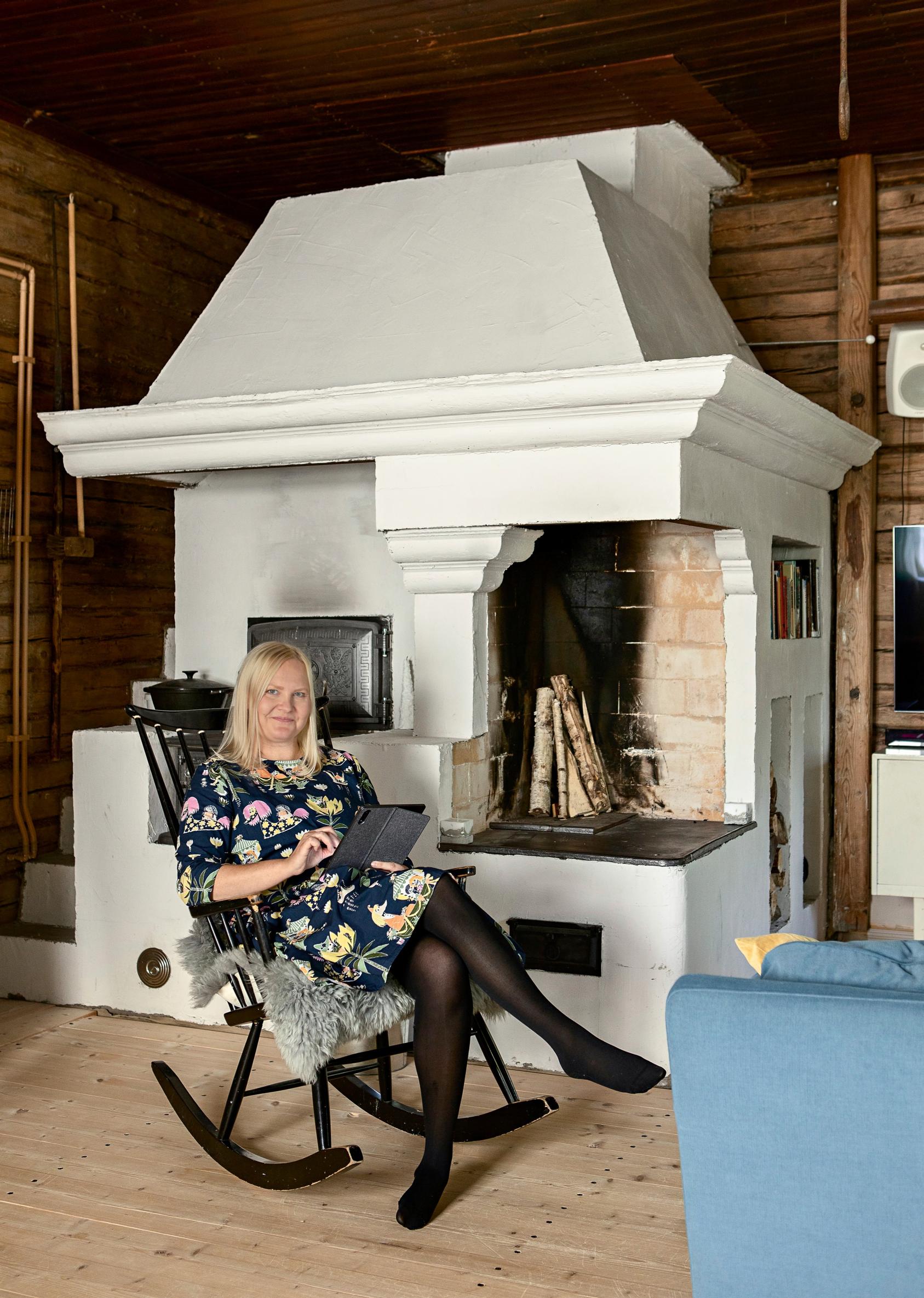
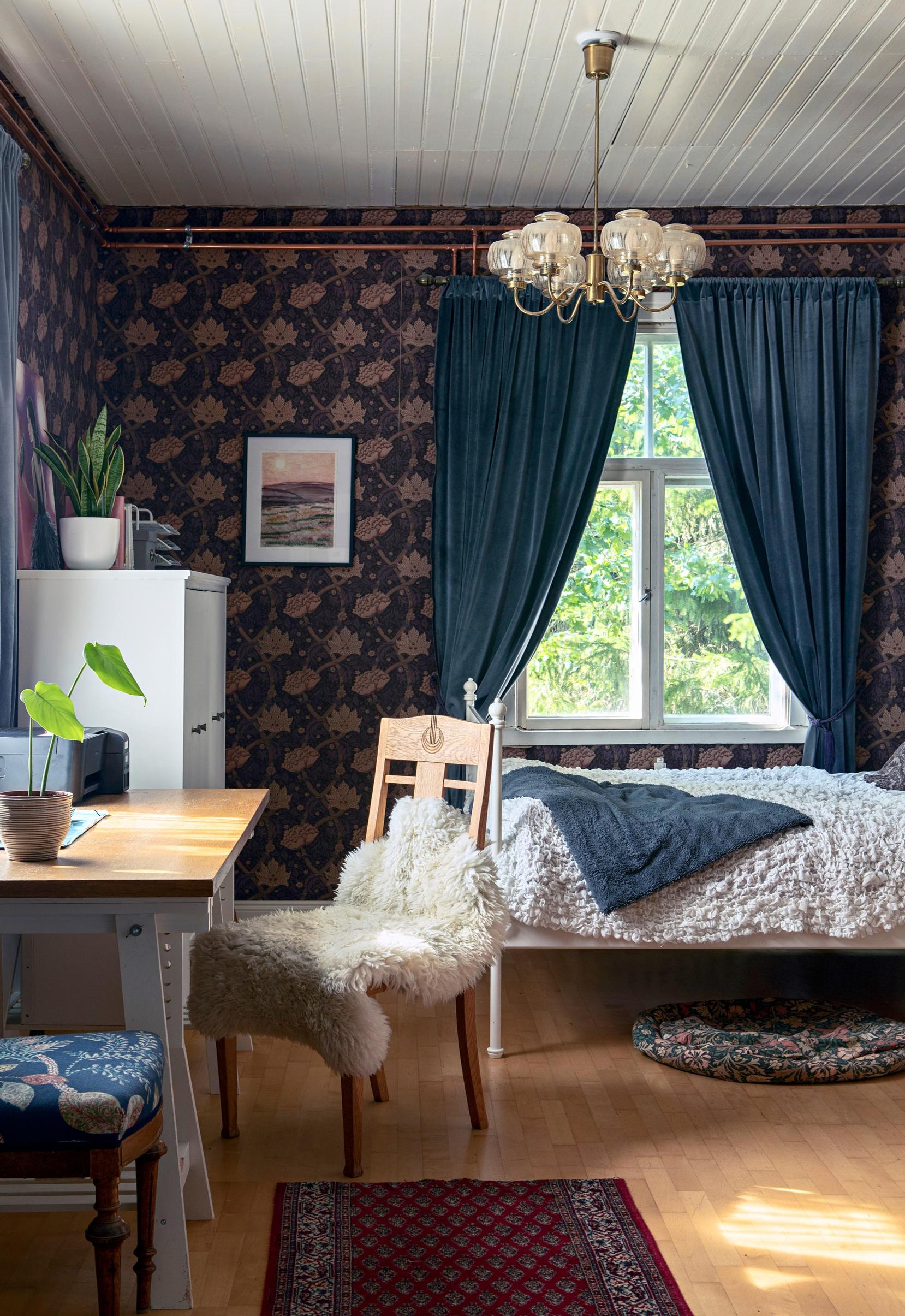
The new oven looks like it has been there forever.
“It’s completely new and built just the way we wanted. The builder is from nearby Haukipudas,” Mari says.
The old baking oven was boxy, fully covered in sheet metal, and had a unique built-in heating system.
“They installed a water-circulating radiator system here in the 1960s,” Mari explains.
Next to the old oven was a separate wood-burning heater connected to a large water tank on the oven’s bench. Water flowed from there into radiators.
“There was also an expansion tank in the attic, so water was practically everywhere. The tank on the bench needed to be cut into three pieces to get it out,” Mari recalls.
During the renovation, they installed geothermal heating and placed new radiators under the windows.
“On advice from the renovation architect, all water-related installations besides drains were done as surface mounts. For instance, we didn’t want underfloor heating.”
Mari’s philosophy is that a home should be decorated in a style that respects its age.
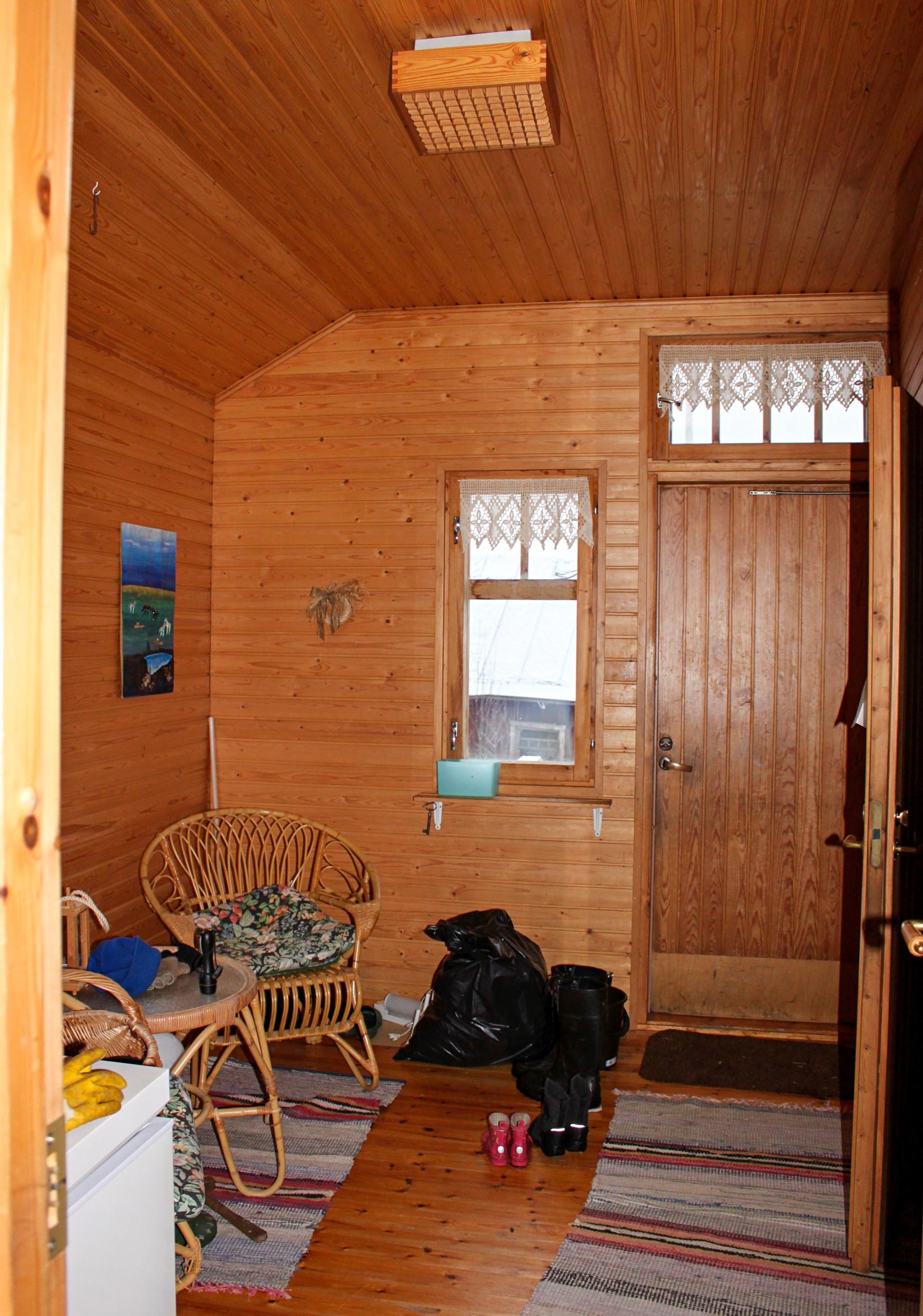
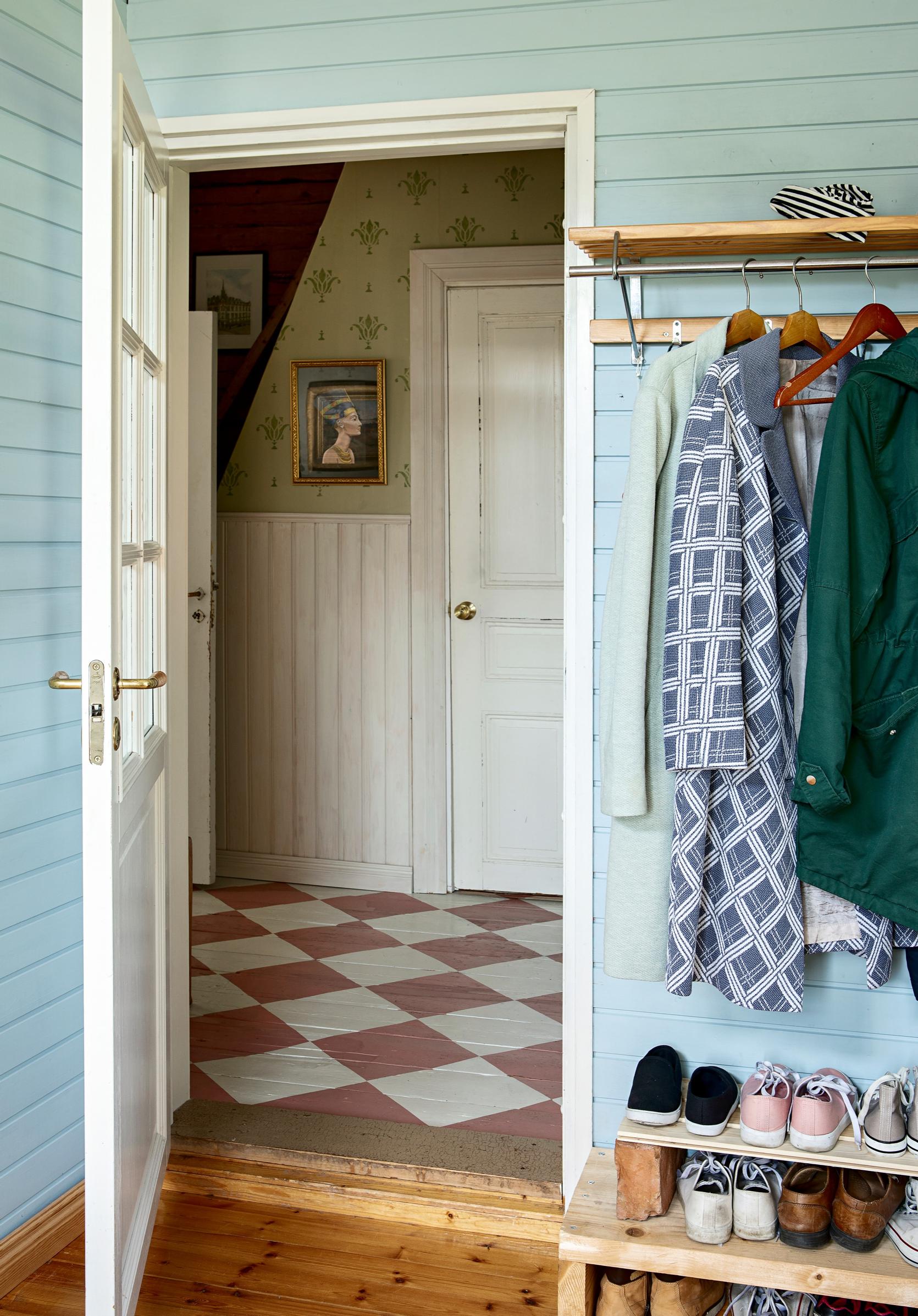
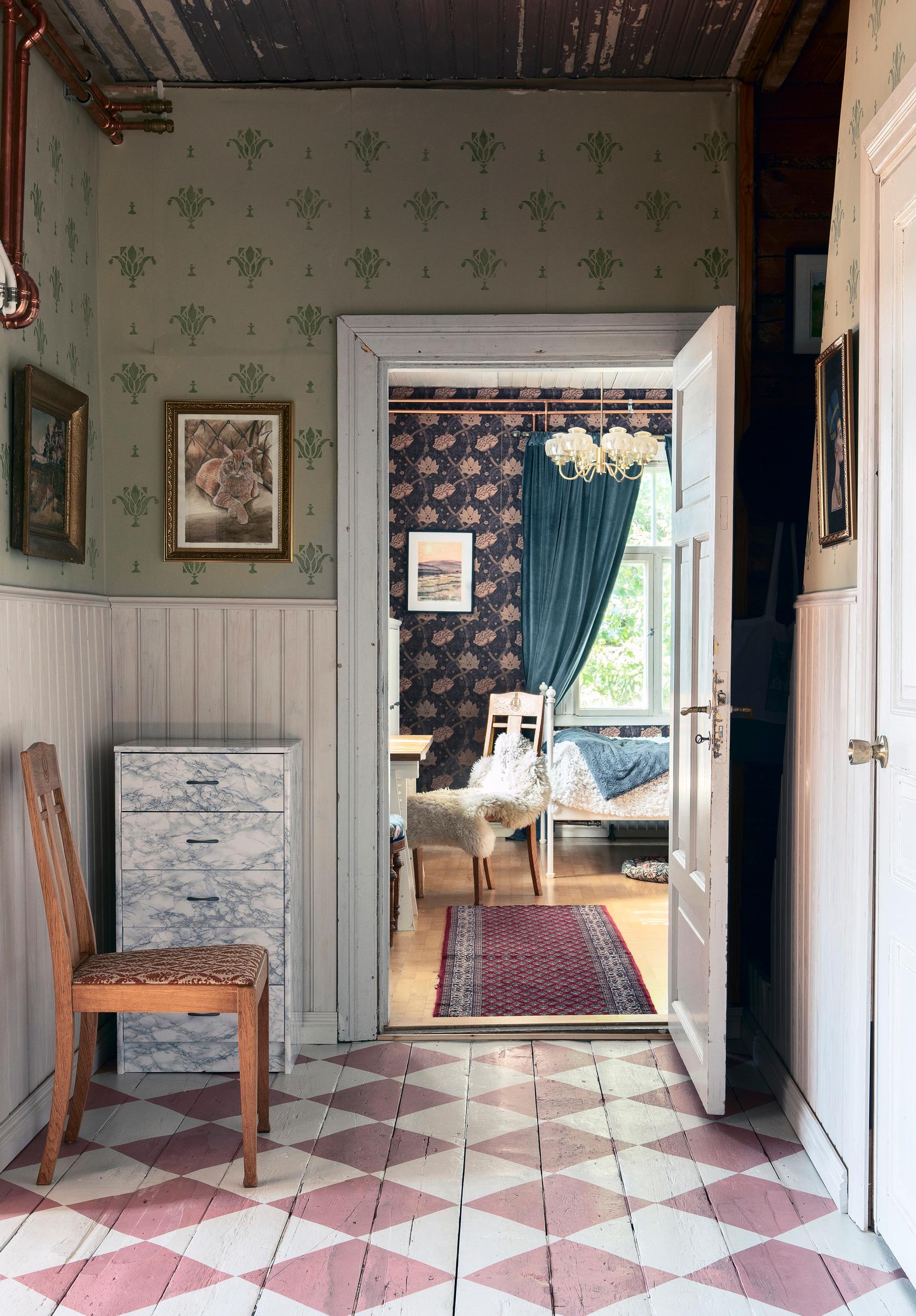
They aimed to retain as many of the old features as possible.
“We wanted to acknowledge the age of the house, but we’re not trying to live in a museum. We chose an interior style that suits an old home,” Mari explains.
Floors in every room except the two end bedrooms were opened and reinsulated. The attic’s old earth insulation was removed, then papered over, and filled with eco-wool. Some minor rot was found near the chimney, which restoration master Ilkka Perttunen repaired.
The central part of the house—entryway, kitchen, and toilet—underwent the biggest changes.
“We converted the old bathroom into a spacious toilet, so it’s no longer a wet room.”
They restored the ventilated crawl space under the toilet. The walls are wood and plywood.
“We had a recycling theme. The sink cabinet, lights, and basin were all secondhand.”
They repurposed a 1940s Finnish sideboard as the sink cabinet, cutting it to fit a 1950s Arabia basin.
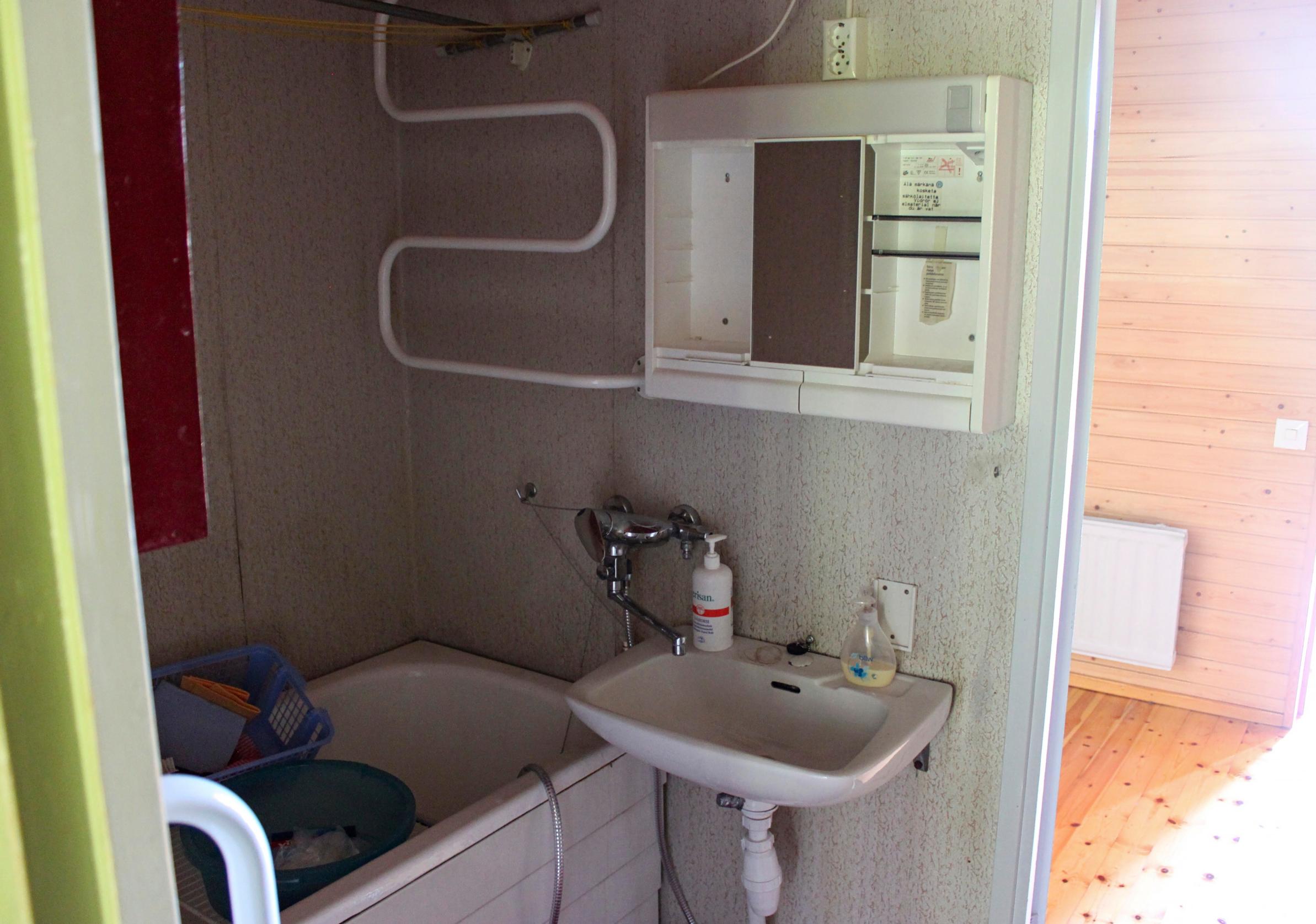
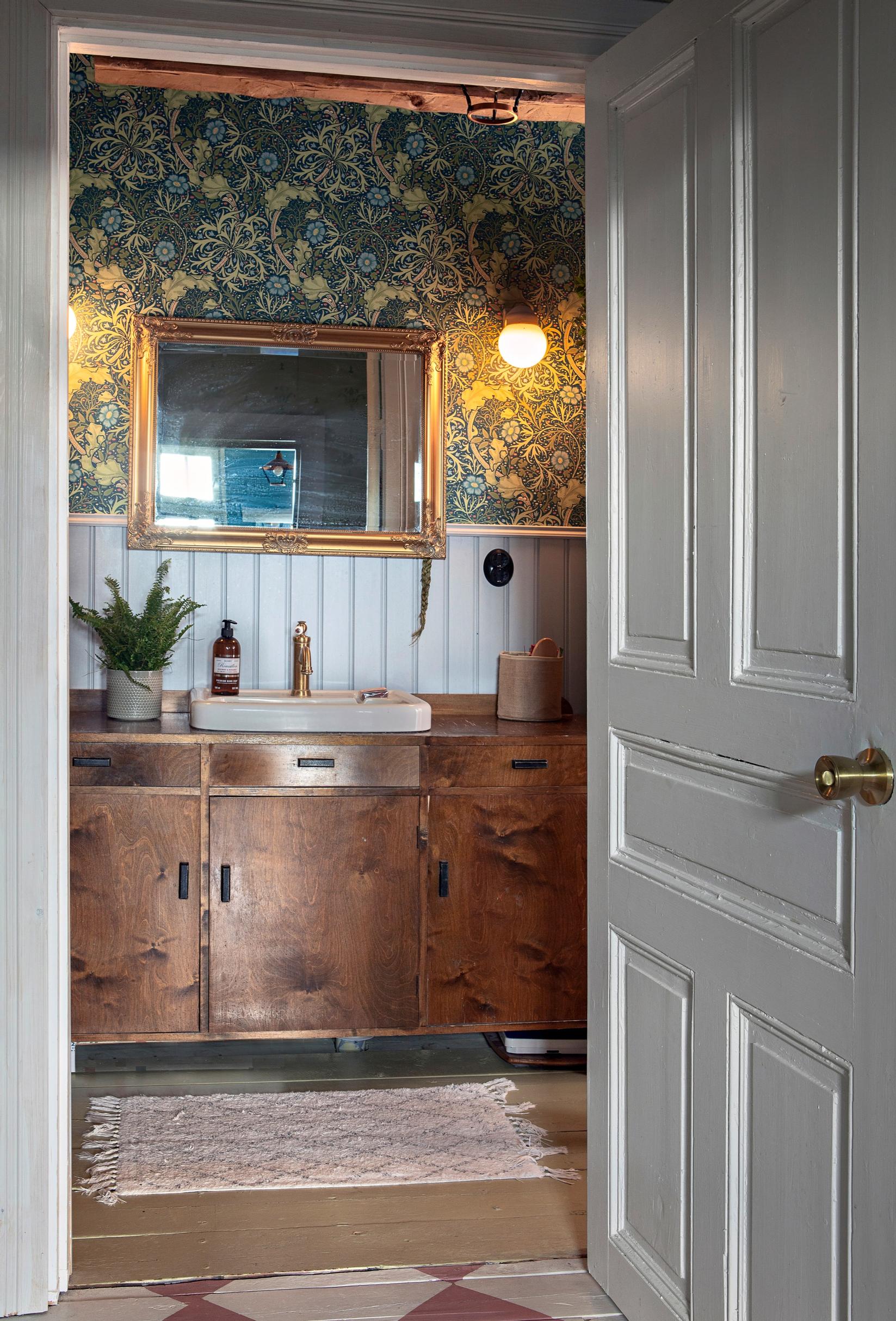
Mari wanted fully handmade wooden cabinets for the kitchen, opting for something durable and long-lasting. After adding softboard insulation, she covered the kitchen walls with her own hand-printed wallpaper.
“Upon our renovation architect’s advice, we added half paneling in the main room to cover damaged logs and allow the windproof paper from the floor to extend behind the paneling,” Mari says.
They also put softboard insulation on the western bedroom walls before finishing them with another lovely William Morris wallpaper.
“We left earlier wallpaper layers intact under the softboard so they remain part of the house’s history for future renovators,” Mari muses.
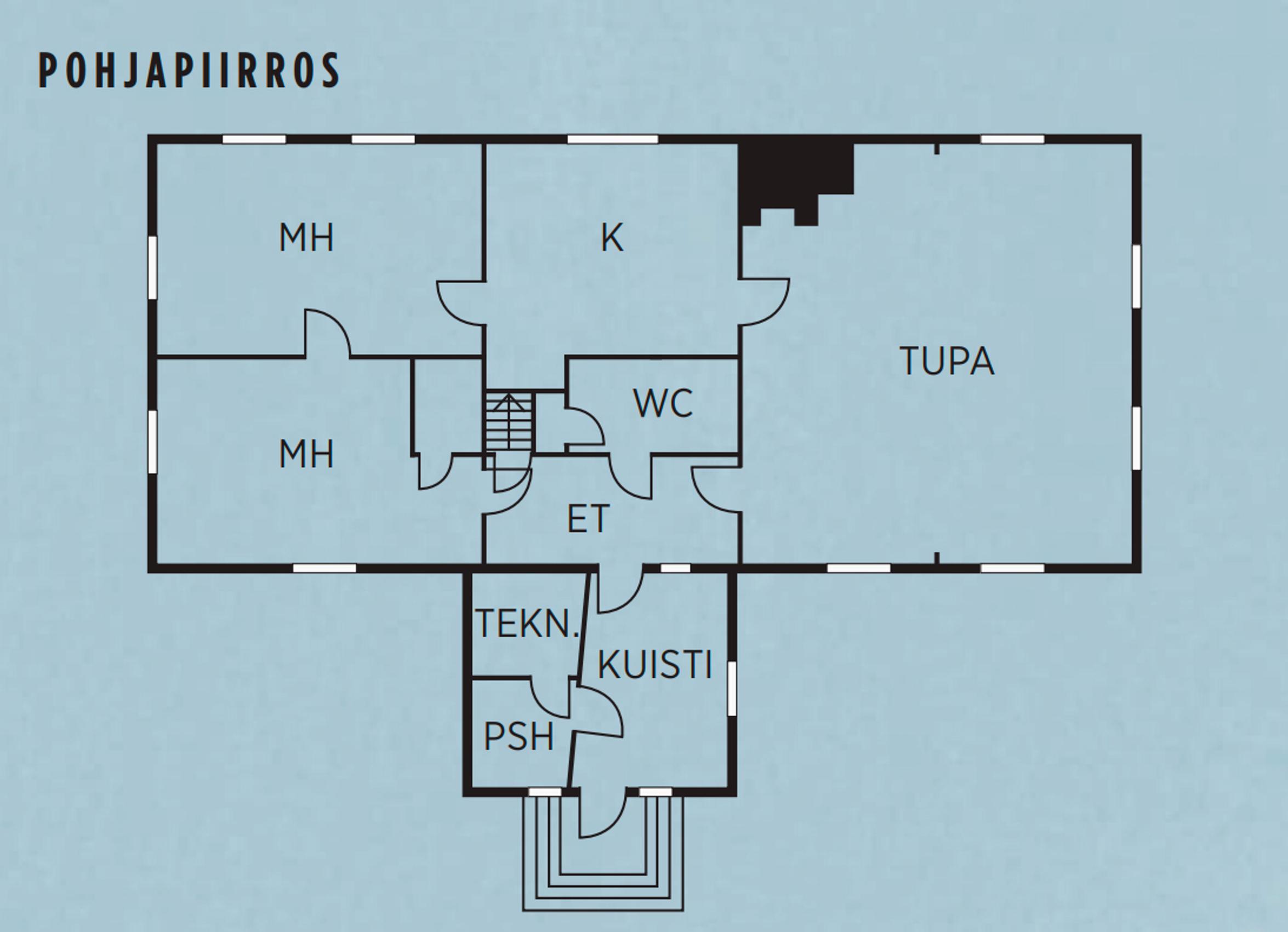
Renovation budget
- Geothermal heating €15,000
- Plumbing work €12,000
- Wastewater system and yard drainage €8,000
- Oven €10,000
- Kitchen €16,000 (Cabinets €12,400; appliances, sink etc. for the rest)
- Toilet €500
- Floor planks €2,500
- Cast-iron radiators €1,000
- Paneling €1,500
- Wallpaper €2,000
- Electrical work €8,000
- Structural materials (for interior walls plus lower and upper floors) €4,000
- Other materials and tools: about €5,000
A total of €85,500.


